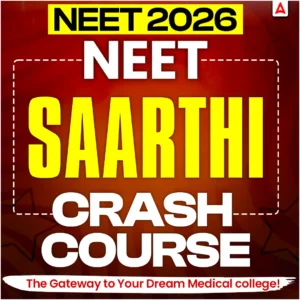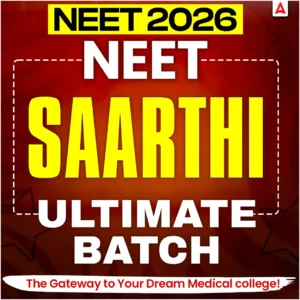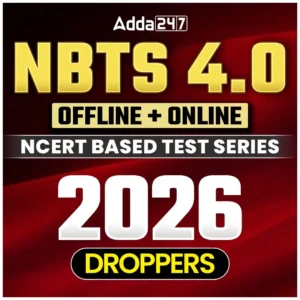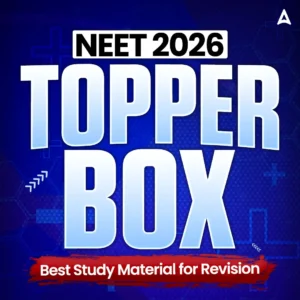The new Class 10 SST Syllabus 2025-26 of the CBSE Board includes major courses such as History, Geography, Political Science, and Economics. The CBSE Social Science Syllabus ensures a thorough understanding of India’s history, global trends, governance, and economic concepts. As we all know, the SST syllabus PDF is an important element for the academic year 2025–26 journey because it keeps students up to date on the course structure. The syllabus of SST is designed to assist students in improving their analytical and critical thinking skills through case studies, map work, and project-based exams.
Class 10 SST Syllabus 2025-26
Class 10 SST Syllabus 2025-26 PDF aids students and teachers with the most recent social science syllabus was announced at the start of the academic semester. The Social Science syllabus of Class 10th defines the topics that would be covered in the 2026 board exams. Students can methodically plan their study and increase their understanding of key concepts social science chapters by balancing theory and practice.
Social Science Course Structure-
The history, Geography, Political science, and Economics content structure, chapter-by-chapter weightage, and other details are tabulated below.
| History (India and the Contemporary World – II) | ||||||||||||||
| Section | Chapter No. | Chapter Name | No. of Periods |
Marks Allocated
|
||||||||||
| I. Events and processes | I | The Rise of Nationalism in Europe | 17 |
18 + 2 map pointing *
|
||||||||||
| II | Nationalism In India | 17 | ||||||||||||
|
II. Livelihoods, Economies and Societies
|
III
|
The Making of a Global World (To be evaluated in the Board Examination – Subtopics:1 to 1.3 Pre Modern World to Conquest, Disease and Trade) |
6 | |||||||||||
| I nterdisciplinary project as part of multiple assessments (Internally assessed for 5 marks Sub topics 2 to 4.4 The nineteenth century (1815-1914) to end of Bretton Woods & the beginning of “Globalisation.” |
4 | |||||||||||||
| IV | The Age of Industrialization (To be assessed as part of Periodic Assessments only) |
6 | ||||||||||||
| III. Everyday Life, Culture and Politics | V | Print Culture and the Modern World | 10 |
* Marks as mentioned above
|
||||||||||
| Geography (Contemporary India – II) | ||||||||||||||
| Chapter No. | Chapter Name | No. of Periods | Marks allocated | |||||||||||
| 1 | Resources and Development | 7 |
17 + 3 map pointing
|
|||||||||||
| 2 | Forest and Wildlife Resources | 7 | ||||||||||||
| 3 | Water Resources | 7 | ||||||||||||
| 4 | Agriculture | 10 | ||||||||||||
| 5 | Minerals and Energy Resources | 10 | ||||||||||||
| 6 | Manufacturing Industries | 10 | ||||||||||||
|
7
|
Lifelines of National Economy Only map pointing to be evaluated in the Board Examination |
2 | ||||||||||||
| Interdisciplinary project as part of multiple assessments (Internally assessed for 5 marks) |
2 | |||||||||||||
| Political Science (Democratic Politics – II) | ||||||||||||||
| Unit no | Chapter No | Chapter Name | No. of Periods | Marks allocated | ||||||||||
| I | 1 | Power – sharing |
15
|
20
|
||||||||||
| 2 | Federalism | |||||||||||||
| II | 3 | Gender, Religion and Caste | 12 | |||||||||||
| III | 4 | Political Parties | 12 | |||||||||||
| IV | 5 | Outcomes of Democracy | 11 | |||||||||||
| Economics (Understanding Economic Development) | ||||||||||||||
| Chapter No. | Chapter Name | No. of Periods | Marks allocated | |||||||||||
| 1 | Development | 12 |
20
|
|||||||||||
| 2 | Sectors of the Indian Economy | 12 | ||||||||||||
| 3 | Money and Credit | 12 | ||||||||||||
| 4 | Globalisation and The Indian Economy To be evaluated in the Board Examination: What is Globalization? Factors that have enabled Globalisation |
8 | ||||||||||||
| Interdisciplinary project as part of multiple assessments (Internally assessed for 5 marks) · Production across the countries · Chinese toys in India World Trade Organisation The Struggle for a Fair Globalisation |
6 | |||||||||||||
| 5 | Consumer Rights (Project Work) | |||||||||||||
SST Syllabus 2025 Class 10 PDF
This SST Syllabus PDF 2025 offers all the details you need, from the chapter-wise breakdown to the social science syllabus class 10. Explore the CBSE Class 10 syllabus to understand how Social Science fits into the curriculum, and use this guide to plan your Board Exam 2026 accordingly.
| Subject | Download PDF |
| SST Syllabus 2025-26 PDF Download | Click Here |
Class 10 SST Syllabus 2025 Detailed
The detailed chapter wise Social science syllabus discussed below –
History-India and the Contemporary World – I Section I: Events and Processes
Chapter-1 The French Revolution
Learning Outcomes- The students will be able to
- Infer how the French Revolution had an impact on the European countries in the making of nation states in Europe and elsewhere.⮚ Illustrate that, the quest for imperialism triggered the First World War.
⮚ Examine various sources to address imbalances that may lead to revolutions
Chapter 2- Socialism in Europe and the Russian Revolution
Learning Outcomes- The students will be able to
⮚ Compare the situations that led to the rise of Russian and French Revolutions.
⮚ Examine the situations that led to the establishment of Lenin’s communism and Stalin’s collectivization.
⮚ Analyse the role played by the varied philosophers and leaders that shaped the revolution.
Chapter 3-Nazism and the Rise of Hitler.
Learning Outcomes- The students will be able to
⮚ Analyse the role of “Treaty of Versailles” in the rise of Hitler to power.
⮚ Analyse the genocidal war waged against the “undesirables” by Hitler.
⮚ Compare and contrast the characteristics of Hitler and Gandhi
Section II: Livelihoods, Economies and Societies
Chapter 4- Forest Society and Colonialism
Interdisciplinary Project with Chapter 5 of Geography “Natural Vegetation and Wildlife”
Learning Outcomes- Refer Annexure II
Chapter 5- Pastoralists in the Modern World Learning
Outcomes- The students will be able to
⮚ Examine the situations that have created nomadic societies highlighting the key factors played by the climatic conditions and topography.
⮚ Analyse varying patterns of developments within pastoral societies in different places in India.
⮚ Comprehend the impact of colonialism on Pastoralists in India and Africa.
Geography- Contemporary India – I
Chapter 1- India – Size and Location
Learning Outcomes- The students will be able to
⮚ Examine how the location of an area impacts its climate and time with reference to longitude and latitude.
⮚ Explore and analyses the trading and cultural relationships of India with its neighbouring countries.
⮚ Evaluate the situation & reasons that made 82.5E* longitude as Time meridian of India.
⮚ Examine how location of India enables its position as a strategic partner in the subcontinent.
⮚ Justify the reasons for the differences in climatic conditions, local and standard time.
Chapter 2- Physical Features of India
Learning Outcomes- The students will be able to
⮚ Justify how the Physical Features of India influences the livelihoods, culture, and the biodiversity of the region.
⮚ Examine the geological process that played a crucial role in the formation of diverse physical features in India.
⮚ Analyse the conditions and relationships of the people living in different physiographic areas.
Chapter 3- Drainage
Learning Outcomes- The students will be able to
⮚ Examine the information about different lakes and infer on their contribution to Indian ecology.
⮚ Present creative solutions to overcome the water pollution and also to increase the contribution of water bodies to the Indian economy.
⮚ Identify the river systems of the country and explain the role of rivers in human society
Chapter 4- Climate
Learning Outcomes- The students will be able to
⮚ Analyse and infer the effect of monsoon winds on rainfall of the Indian subcontinent.
⮚ Analyse the temperatures between plateau region, Himalayan region, desert region and coastal region.
⮚ Enumerate and summarise the reasons for the wide difference between temperatures at different geographical locations of India
Chapter 5- Natural Vegetation and Wildlife
Interdisciplinary project with chapter no IV of History “Forest, Society and Colonialism
Learning Outcomes- -Refer annexure II Chapter-6. Population
Learning Outcomes- The students will be able to
⮚ Analyse and infer the reasons behind the uneven distribution of population in India with specific reference to UP & Rajasthan and Mizoram and Karnataka
⮚ Enlist the factors that affect the population density
Political Science-Democratic Politics – I
Chapter 1- What is Democracy? Why Democracy?
Learning Outcomes- The students will be able to
⮚ Examine the concept of structural components of Democracy and its forms/ features.
⮚ Compare and Contrast working of democracies of India and some other countries and discuss differences and similarities in each country.
⮚ Analyse and infer on the different historical processes and forces that have contributed for the promotion of democracy
Chapter 2- Constitutional Design
Learning Outcomes- The students will be able to
⮚ Discuss and describe the situation that led to creation of Indian Constitution
⮚Enumerate the essential features that need to be kept in mind while drafting a constitution.
⮚Examine the guiding values that created the Indian constitution
⮚Comprehend the roles and responsibilities as citizens of India.
Chapter 3- Electoral Politics
Learning Outcomes- The students will be able to
⮚Analyse the implications of power of vote and power of recall.
⮚Summarise the essential features of the Indian Electoral system.
⮚ Examine the rationale for adopting the present Indian Electoral System.
Chapter 4- Working of Institutions
Learning Outcomes- The students will be able to
⮚ Examine the roles, responsibilities, and interdependency of all the 3 organs of the Government.
⮚ Appreciate the parliamentary system of executive’s accountability to the legislature.
⮚ Summarise and evaluate the rule of law in India.
Chapter 5- Democratic Rights
Learning Outcomes- The students will be able to
⮚ Summarise the importance of fundamental rights and duties in the light of the nation’s glory.
⮚ Analyse and recognise the role of a responsible citizen while performing their prescribed duties versus claiming rights.
ECONOMICS
Chapter 1- The Story of Village Palampur
Learning Outcomes- The students will be able to
⮚ Enlist the requirements of production and comprehend the interdependence of these requirements.
⮚ Correlate farming and non-farming activities to economic growth.
⮚ Comprehend how the significance of conditions of farming and the factors of production impact economic development.
⮚ Find solutions to foster an equitable society.
Chapter 2- People as Resource
Learning Outcomes- The students will be able to
⮚ Evaluate the reasons that contribute to the quality of population.
⮚ Observe different government schemes and see their effect on the people there.
Chapter 3- Poverty as a Challenge
Learning Outcomes- The students will be able to
⮚ Comprehend the reasons for poverty in the rural and urban areas.
⮚ Evaluate the efficacy of the government to eradicate poverty.
⮚ Correlate the link between education and poverty.
Chapter 4- Food Security in India
Learning Outcomes- The students will be able to
⮚ Comprehend various aspects of food security that will ensure continuity of supply
⮚ Enumerate the different features of PDS that directly address FSI.
⮚ Analyse and infer the impact of the Green Revolution.
⮚ Analyse causes and effect of famines in food security during pre and post independent India.
SST Syllabus 2025 New Changes
We listed the important updates in the social science subject for the Class 10 CBSE 2026 exam, so you can prepare for the exams as per the current trends and changes.
- The Social Science Class 10 Syllabus 2025-26 includes recent historical events as well as modern global challenges to provide a larger perspective.
- Focus on significant historical people and movements, including updated case studies and historical interpretations.
- Introduction to modern political changes and reforms, including updated ideas of governance and democracy.
- Increased emphasis on environmental issues, sustainable development, and climate change to correspond with current global goals.
- Recent economic trends and policies are included, along with updated data and examples that represent current economic issues.
- A greater emphasis on learning political processes, rights, and responsibilities through current instances and case studies.
Social Science Class 10 Books
The CBSE Board itself suggested the following 5 Social Science textbooks, which give you better concept clarity of the subject.
| Board PRESCRIBED SST TEXTBOOKS | |||
| S.No. | Publisher | Subject | Name of the Book |
| 1 | NCERT | History |
India and the Contemporary World-II
|
| 2 | NCERT | Political Science | Democratic Politics-II |
| 3 | NCERT | Geography | Contemporary India-II |
| 4 | NCERT | Economics |
Understanding Economic Development
|
| 5 | CBSE | Disaster Management |
Together, towards a safer India- Part III
|

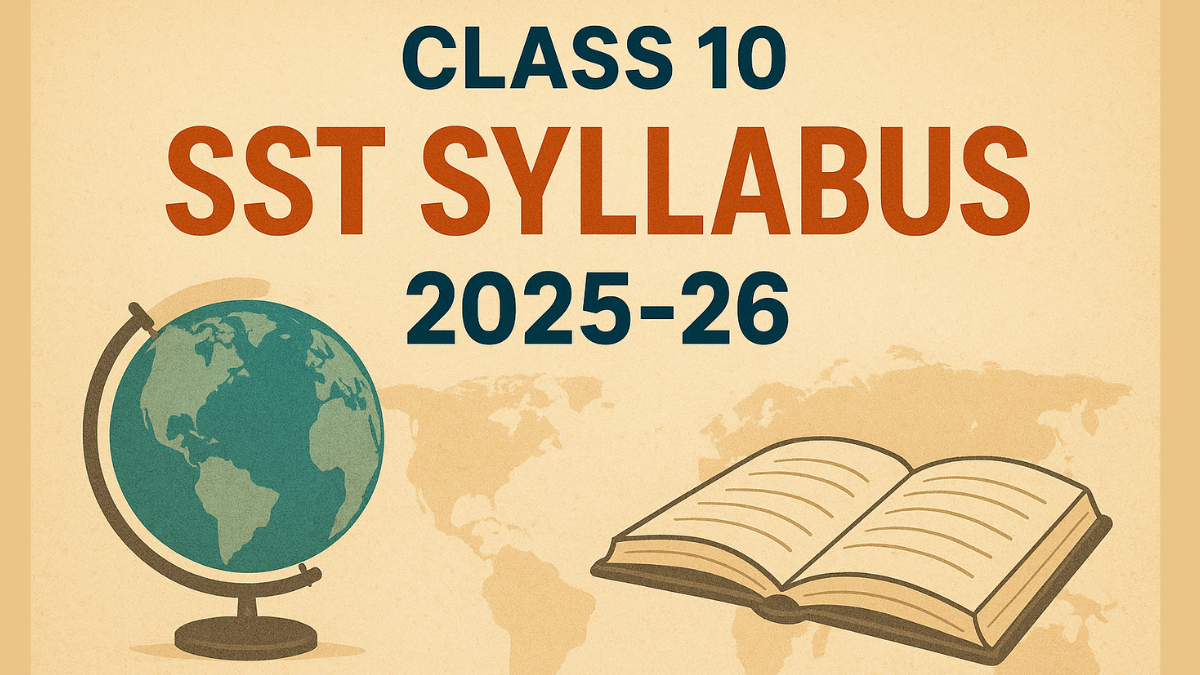

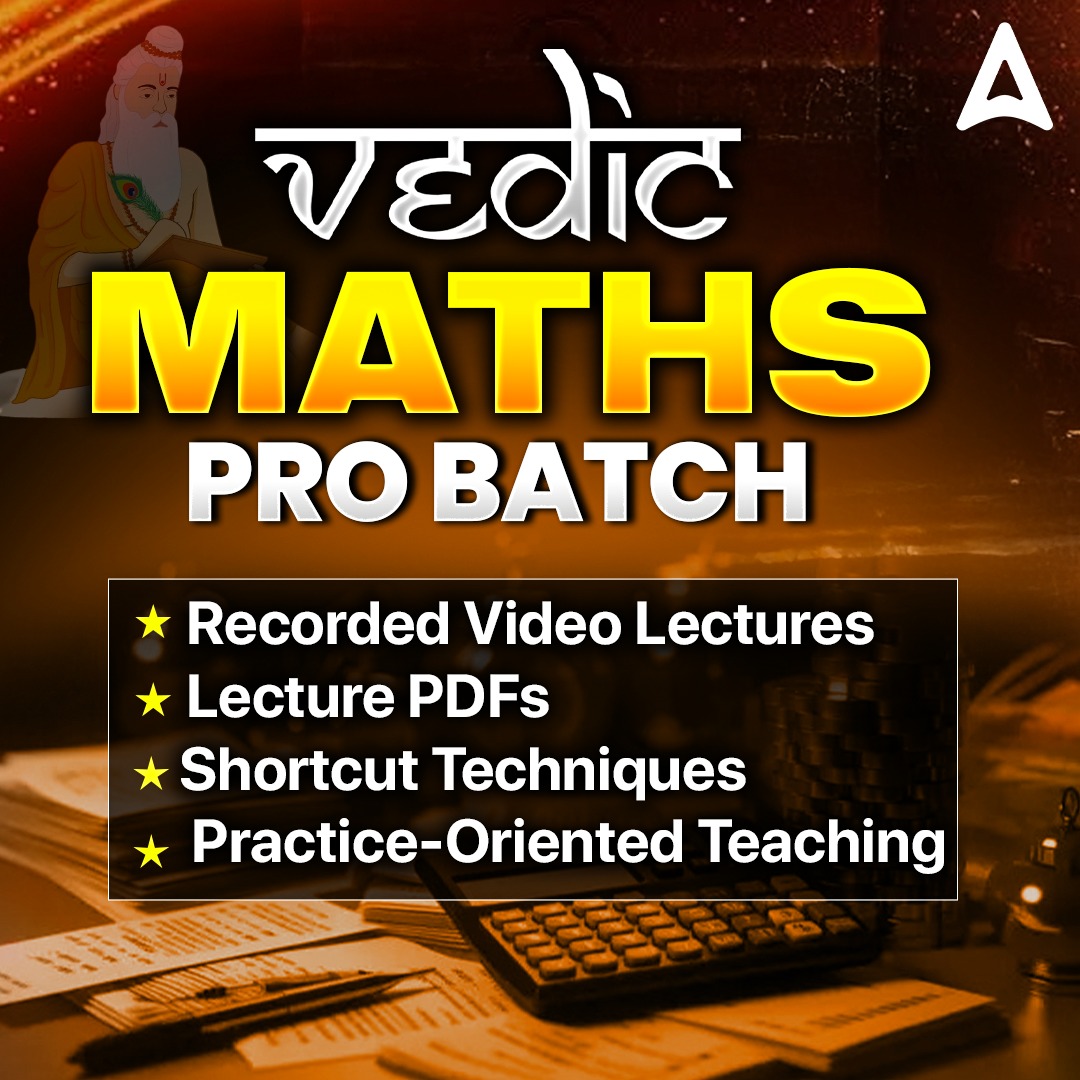







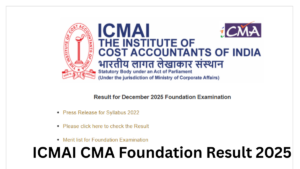 ICMAI CMA Foundation Result 2025 Out, Do...
ICMAI CMA Foundation Result 2025 Out, Do...
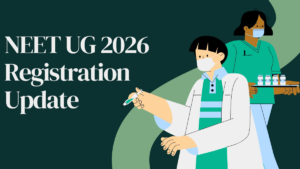 NEET UG 2026 Registration: NTA releases ...
NEET UG 2026 Registration: NTA releases ...
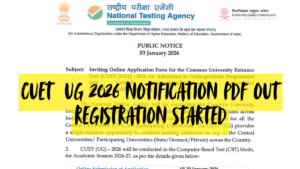 CUET UG 2026 Online Registration Started...
CUET UG 2026 Online Registration Started...
